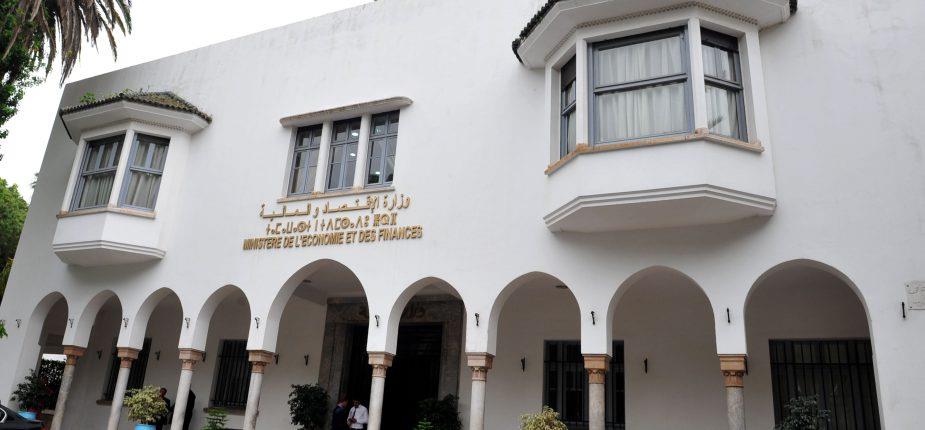The budget deficit stood at 59.2 billion dirhams (billion dirhams) at the end of November 2020, against 40.5 billion dirhams a year earlier, an increase of 18.7 billion dirhams, depending on the situation of expenses and resources of the Treasury ( SCRT) published by the Ministry of Economy, Finance and Administrative Reform.
Compared to October, this deficit is worsening by 8.8 billion dirhams, mainly resulting from the acceleration of the pace of execution of investment expenditure (+ 5.7 billion dirhams compared to October 2020), specifies the same source.
If we exclude the surplus recorded by the Special Fund for the management of the Covid-19 pandemic, the deficit amounts to nearly 67.6 billion dirhams, an increase of almost 27 billion dirhams compared to the same period of the year. ‘year 2019, observes the ministry, noting that the evolution of ordinary income and expenditure shows a negative ordinary balance of nearly 14.4 billion dirhams, against 13.4 billion dirhams at the end of October, reflecting an acceleration in the pace of execution ordinary expenditure versus income.
Compared to the forecasts of the 2020 amending finance law, the rate of realization of ordinary revenues, on a net basis of tax refunds, rebates and refunds, stood at 87.9% against 86% a year earlier. This revenue behavior covers realization rates of 93.3% of tax revenues and 58% of non-tax revenues, adds the same source, noting that compared to the same period of the year 2019, these revenues recorded a decrease of MAD 16.8 billion, including MAD 13.7 billion in tax revenue and MAD 2.8 billion in non-tax revenue.
The ministry also underlines that ordinary expenditure recorded an execution rate of 88.5% compared to the forecasts of the amending finance law and increased by nearly 10.1 billion dirhams (+ 5%) per year. compared to the same period of the year 2019.
Regarding investment spending, issues showed a realization rate of 78.4% compared to the forecasts of the amending finance law and a decrease of nearly 2.3 billion dirhams (-4.1%) compared to the same period of 2019, raises the same source, explaining that this evolution is mainly attributable to the decrease in spending under ministerial budgets.
As for the special treasury accounts, they showed a surplus of MAD 10.7 billion against MAD 4.9 billion a year earlier, ie an increase of MAD 5.8 billion. This surplus is explained, to the tune of MAD 8.3 billion, by the surplus generated by the Special Fund for the management of the Covid-19 pandemic and, for the rest, by the positive net flows recorded by the other special Treasury accounts. against 4.9 billion dirhams at the end of November 2019.
The execution of the finance law has taken place since June, in a context characterized by the gradual lifting of confinement and the appearance, as a result, of signs of recovery in certain sectors of economic activity. It also reflects the impact of the measures adopted by the Economic Watch Committee to counter the socioeconomic effects of the Covid-19 pandemic.
–


